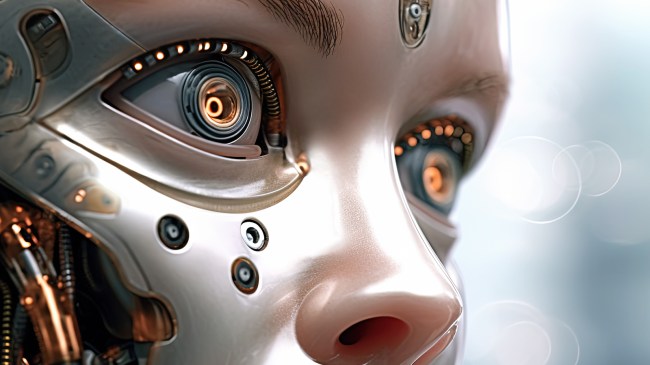iStockphoto
Humanoid robots just took yet another step towards being even more human-like. Now they can dance, exercise, and even throw a few punches just by mimicking human movements.
This particular humanoid robot is called ExBody2 and it was created by scientists at UC-San Diego, UC-Berkeley, MIT, and Nvidia. It works by utilizing reinforcement learning, which Live Science explains is “a subset of machine learning in which the robot is fed large amounts of data to ensure it takes the optimal route in any given situation.”
“The model is trained in simulation with Reinforcement Learning and then transferred to the real world,” the researchers wrote. “It decouples keypoint tracking with velocity control, and effectively leverages a privileged teacher policy to distill precise mimic skills into the target student policy, which enables high-fidelity replication of dynamic movements such as running, crouching, dancing, and other challenging motions.”
In their research paper, published to the preprint server ArXiv, the scientists wrote, “Overly simplistic tasks could limit the training policy’s ability to generalize to new situations, while overly complex tasks might exceed the robot’s operational capabilities, leading to ineffective learning outcomes. Part of our dataset preparation, therefore, includes the exclusion or modification of entries that featured complex lower body movements beyond the robot’s capabilities.”
The dataset they used for their ExBody2 humanoid robot consisted of over 2,800 movements from the more than 11,000 individual human movements and 40 hours of detailed motion data from the Archive of Motion Capture As Surface Shapes (AMASS) dataset. The robot also can copy a researcher’s movement in real time, using code titled “HybrIK: Hybrid Analytical-Neural Inverse Kinematics for Body Mesh Recovery,” which was developed by the Machine Vision and Intelligence Group at Shanghai Jiao Tong University.
So now, robots can not only do things like perform surgeries by just watching videos, they can also basically just copy what we do by watching us do it. No wonder thousands of humanoid robots with advanced artificial intelligence are set to begin invading workplaces and homes in 2025.

